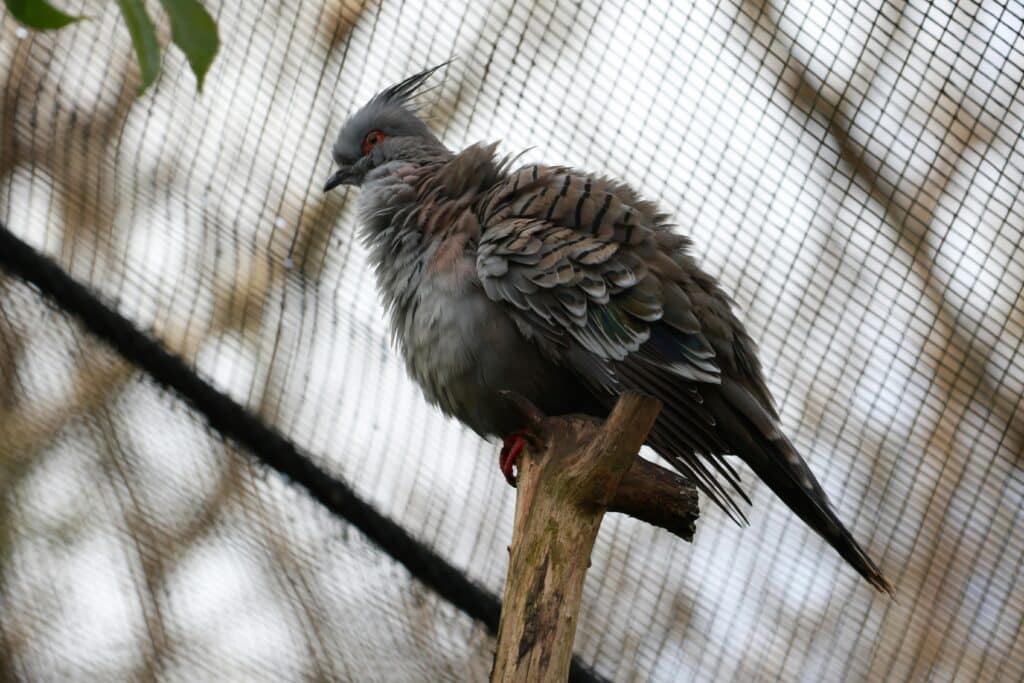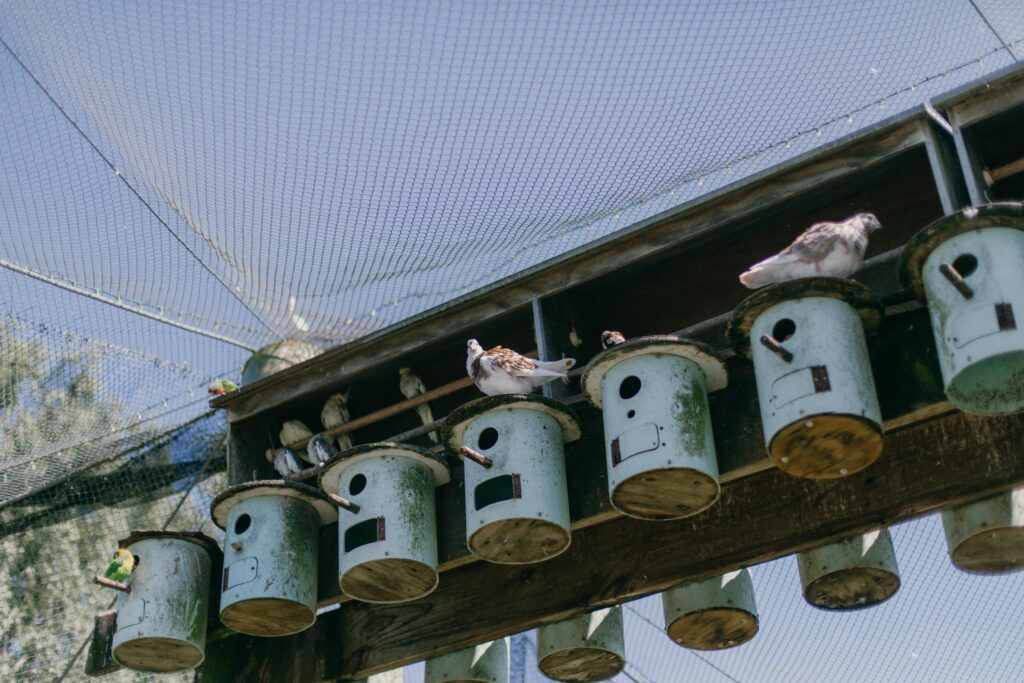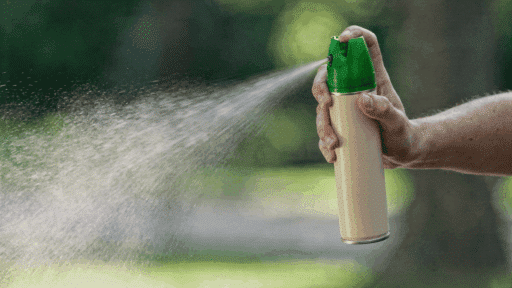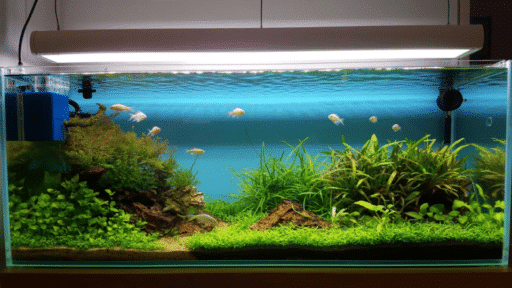When we think about bird control, the first image that often comes to mind is a pristine window, free from unsightly droppings. While maintaining clean windows is certainly a benefit, the implications of effective bird control extend far beyond aesthetics. In urban environments, where buildings and natural habitats intersect, the presence of birds can lead to a range of issues that affect both property and public health. Understanding the broader implications of bird control can help property owners make informed decisions that protect their investments and enhance community well-being.
The Hidden Costs of Bird Infestations
Birds, particularly pigeons and seagulls, can cause significant damage to buildings and infrastructure. Their droppings are not just a nuisance; they are corrosive and can lead to structural damage over time. This is especially true for roofs, where accumulated droppings can erode materials and create leaks. Additionally, the presence of birds can attract other pests, compounding the problem and leading to more extensive damage.
Consider the following potential costs associated with bird infestations:
• Structural Damage: As mentioned, bird droppings can erode roofing materials and corrode metal fixtures. This can lead to costly repairs and maintenance.
• Health Risks: Bird droppings can carry diseases such as histoplasmosis and psittacosis, which pose health risks to humans. In public spaces, this can lead to liability issues for property owners.
• Decreased Property Value: A property that appears neglected due to bird infestations can suffer a decline in value. Potential buyers may be deterred by the visible signs of neglect and the associated costs of remediation.
Given these factors, it becomes clear that bird control is not merely about keeping windows clean; it is an essential aspect of property management and public health.
Effective Bird Control Solutions

To address the challenges posed by birds, property owners must consider a range of control measures. One effective solution is the installation of an anti-bird net by Apex Bird Control. This method provides a physical barrier that prevents birds from accessing certain areas, such as rooftops, ledges, and balconies. By using netting, property owners can significantly reduce the likelihood of birds nesting and roosting in unwanted areas, thereby mitigating the associated risks.
Other Control Methods
While netting is a highly effective solution, it is not the only option available. Here are some additional methods that can be employed:
• Spikes and Wires: Installing spikes or wires on ledges and rooftops can deter birds from landing. These physical barriers make it uncomfortable for birds to settle, encouraging them to find alternative locations.
• Visual Deterrents: Reflective surfaces, such as foil strips or predator decoys, can create an unwelcoming environment for birds. These methods rely on the birds’ natural instincts to avoid potential threats.
• Sound Devices: Ultrasonic devices or recorded distress calls can be used to create an auditory deterrent. However, the effectiveness of sound devices can vary, and they may not be suitable for all environments.
The Importance of Professional Intervention
While DIY methods may seem appealing, the complexities of bird control often necessitate professional intervention. Experts in bird control can assess the specific needs of a property and recommend tailored solutions that are both effective and humane. They can also ensure that any measures taken comply with local wildlife regulations, which is crucial in protecting both the birds and the property owner.
The Role of Education
Education plays a vital role in effective bird control. Property owners should be informed about the types of birds that are common in their area, their nesting habits, and the potential risks associated with them. By understanding these factors, property owners can take proactive measures to prevent infestations before they occur.
For instance, knowing that certain species are more likely to nest during specific seasons can help property owners prepare in advance. This might involve scheduling maintenance or inspections during peak nesting times to identify and address potential issues early on.
Community Impact and Collaboration

Bird control is not just an individual concern; it is a community issue. When one property suffers from a bird infestation, it can have a ripple effect on neighbouring properties. Birds can travel significant distances, and a single roosting site can attract flocks that impact the surrounding area. Therefore, collaboration among property owners, local councils, and pest control professionals is essential for effective bird management.
Community initiatives, such as awareness campaigns and shared resources for bird control, can foster a collective approach to the issue. By working together, communities can create environments that are less hospitable to birds, ultimately benefiting everyone involved.
Conclusion
In conclusion, bird control is a multifaceted issue that goes far beyond the simple desire for clean windows. The potential costs associated with bird infestations, including structural damage, health risks, and decreased property values, underscore the importance of proactive measures. By employing effective solutions such as an anti-bird net by Apex Bird Control and collaborating with professionals, property owners can protect their investments and contribute to a healthier community.
As we navigate the challenges of urban living, it is crucial to recognise the role that effective bird control plays in maintaining our properties and public spaces. By prioritising this aspect of property management, we can create environments that are safe, clean, and welcoming for all.







